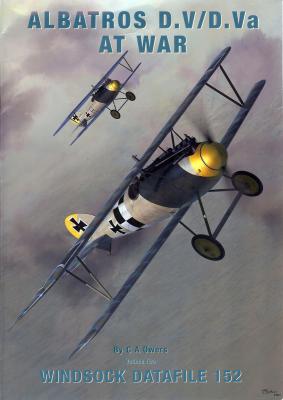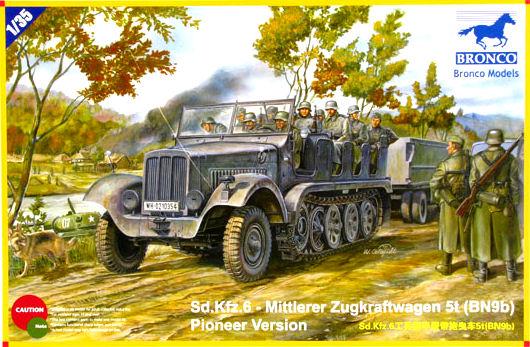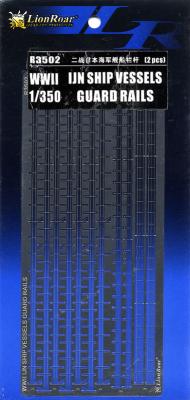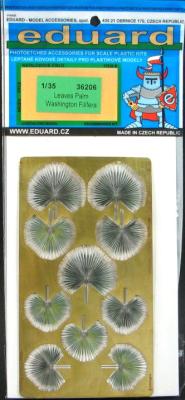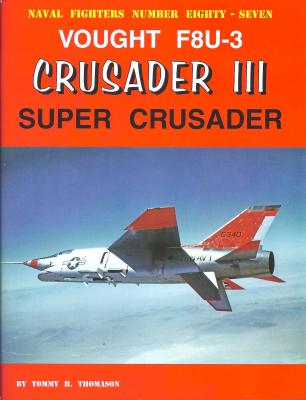I though long ago that I had seen just about every picture of the World War I Albatros D.V and D.Va. Then Windsock comes along and publishes another Datafile that is jam packed with photos that I have not seen before and of aircraft markings that were new to me. This Datafile includes black and white photos taken during and after WWI and pictures of the two flyable aircraft built by The Vintage Aviator Ltd., as well as Albatros artifacts belonging to The Aero Conservancy (https://www.aeroconservancy.com/) here in the US. A narrative description of the process of building the two aircraft is included.
Welcome to the IPMS/USA Reviews site!
Introduction: The primary organization of the IPMS/USA Review website is by IPMS/USA National Contest Class. Within each Class there are sub-menus by kits, decals, books, etc. The Miscellaneous Class is for items that are not class specific or that cross two or more classes.
IPMS/USA Members: We encourage you to submit reviews, both here and to the Journal. To volunteer for membership in the IPMS/USA "Reviewers Corps" and submit your own reviews, please read the Guidelines For Submitting Product Reviews.
Manufacturers, publishers, and other industry members: IPMS/USA is pleased to offer your company the opportunity for product reviews. All product reviews are performed by IPMS/USA members, and are posted in the publicly-accessible section of our website. With very few exceptions, we perform full build reviews of new kit releases, aftermarket products, and supplies. If you would care to provide product samples for review, please contact John Noack, IPMS/USA 1st VP.
To learn more about IPMS/USA, please see our About Us page.
History
The Sd.Kfz.6 Mittlerer Zugkraftwagen was designed by Bussing-Nag and Mercedes Benz as a prime mover for the German army – one of a number of half-track designs. The unit was produced during the 1930’s. The Sd.Kfz.6 had a five ton pulling force, capable of pulling off the road. It was built from 1935 to 1943 in several versions. In 1942, production ceased, and the Sd.Kfz.11 took its place, as this unit was cheaper and easier to manufacture. The pioneer version had a passenger body of up to 15 soldiers. This vehicle weighed 9 tons and was powered by a 6 cylinder 115 php Maybach NL54 engine, with a maximum speed of 50 km per hour.
Items in the Box
The model is made from injection-molded plastic, tan in color, with thirteen good presentation instructions, decal sheet and clear window and lens sheet, and a photo-etch sheet.
Lion Roar has been providing ship modelers with extensive sets of ship-specific photo etch for some time, and now offers generic railings for nearly any WWII era Japanese vessel. The package contains two identical sets of stainless steel rails, each containing three different types of rails. One type is the “drooping chain” type that is usually found on the main deck (as well as the second deck on battleships), and two types of “solid” rails usually found on the upper decks or superstructure. The solid rails are of a three-dimensional nature, requiring that the extra long stanchions be folded over themselves to provide supplemental, angled supports to each stanchion. This is a new twist that I’ve never seen this before on PE deck railings.
This is a somewhat interesting and slightly odd choice by Eduard. Washingtonia filifera is native to the Western US, and doesn’t really reside outside the region except for cultivated landscaping. It is primarily found around spring-fed oases in the low desert of Colorado, hot springs of Nevada, and rivers within Arizona and California. It has also been found in Florida and the Virgin Islands as well, most likely from transplants used as ornamental trees. The full tree can grow up to 60 feet in height, with shorter examples being seen in gardens and younger plants. A distinguishing characteristic are the long white fibrous threads that are between the segments of the leaflets. On adult trees, dead fronds stay attached to the tree and drop, forming a skirt around the trunk that can extend the entire height of the tree if left wild. These trees are also very long-living, with examples living between 80 to 250 years!
The Vought F8U-3 Crusader III was thought by some to be “the best fighter never produced.” The Crusader III was an evolution of the F8U-1 Crusader, with a larger fuselage, more pronounced air intake, and a more powerful propulsion system. It retained the variable-aspect wing found on the earlier aircraft.
The book follows the development of the Crusader III from conception to retirement. It is filled with period photos that would be invaluable to anyone wanting to replicate this aircraft. It also includes drawings that were used during the evaluation of the aircraft, comparing it to competitors’ aircraft, such as the F3H Demon.











